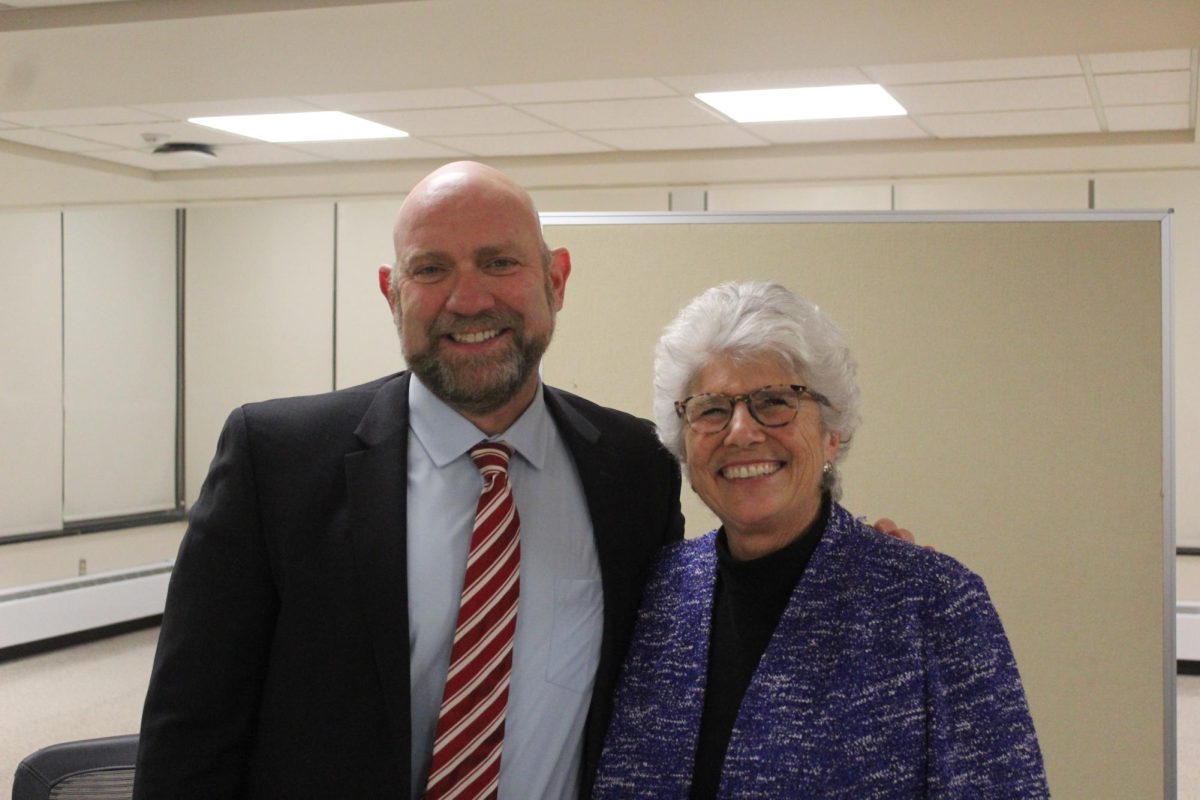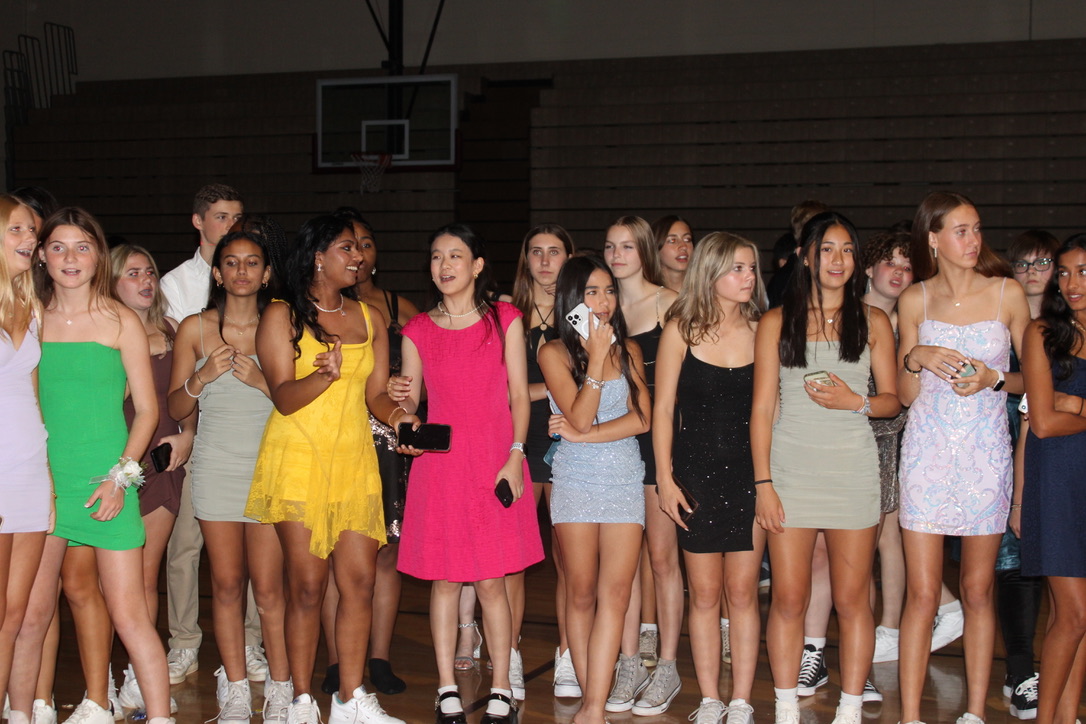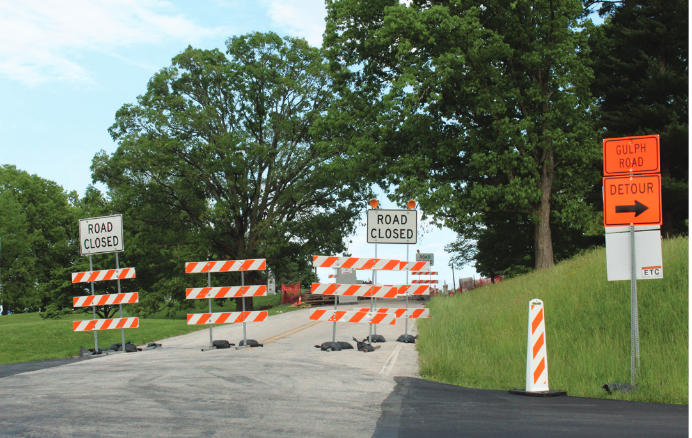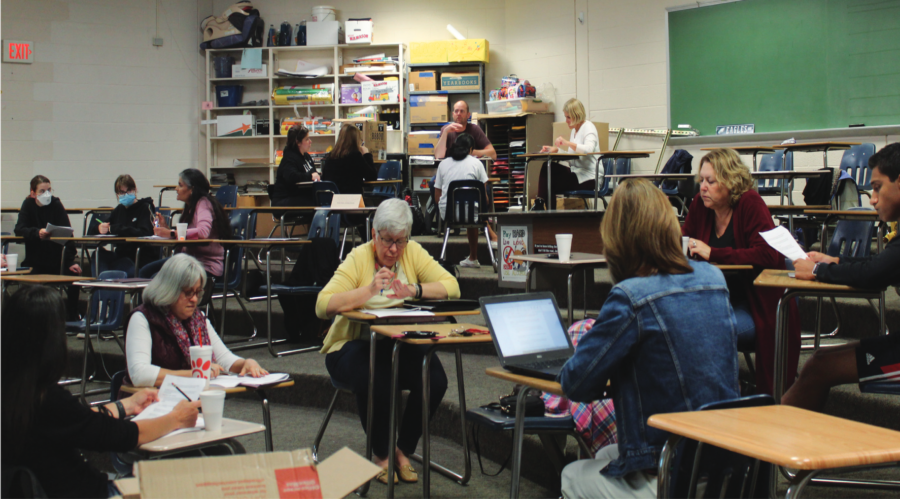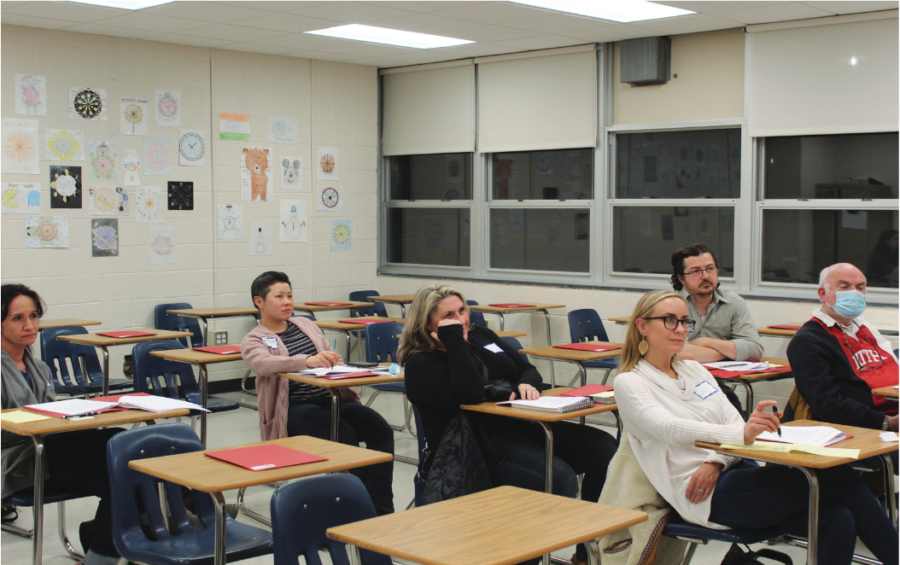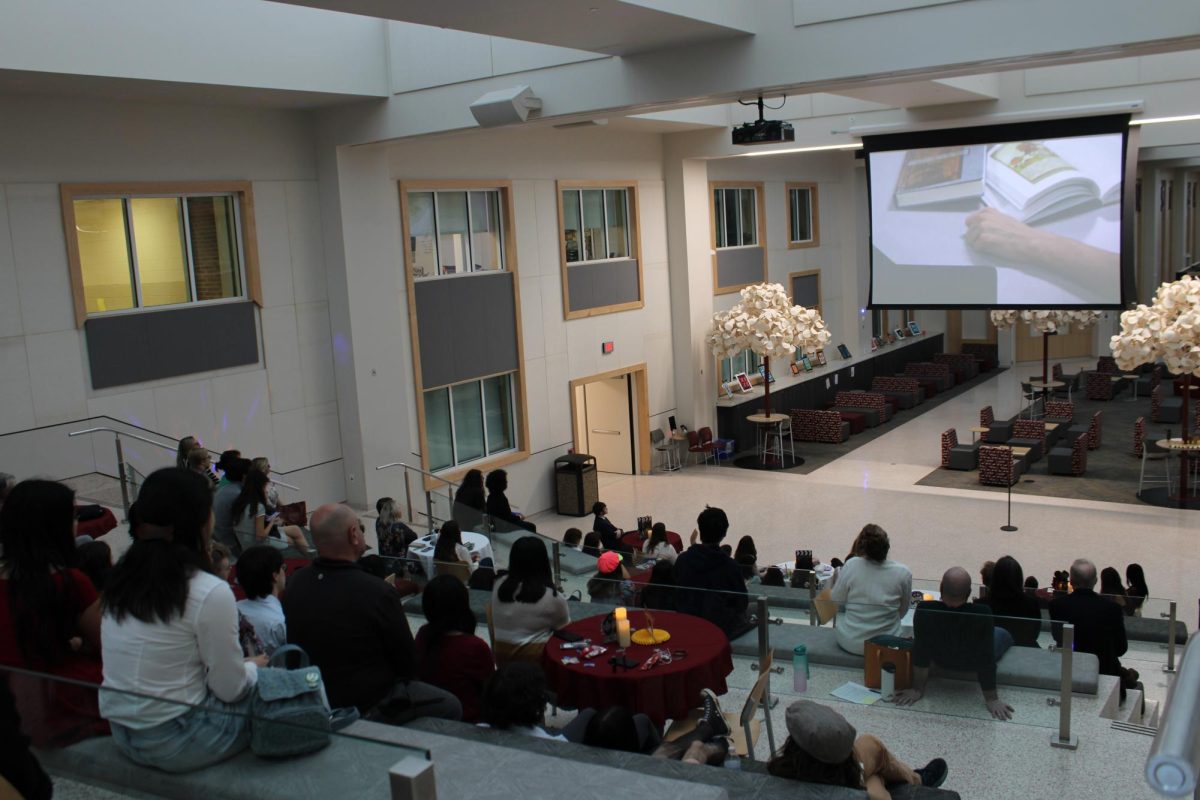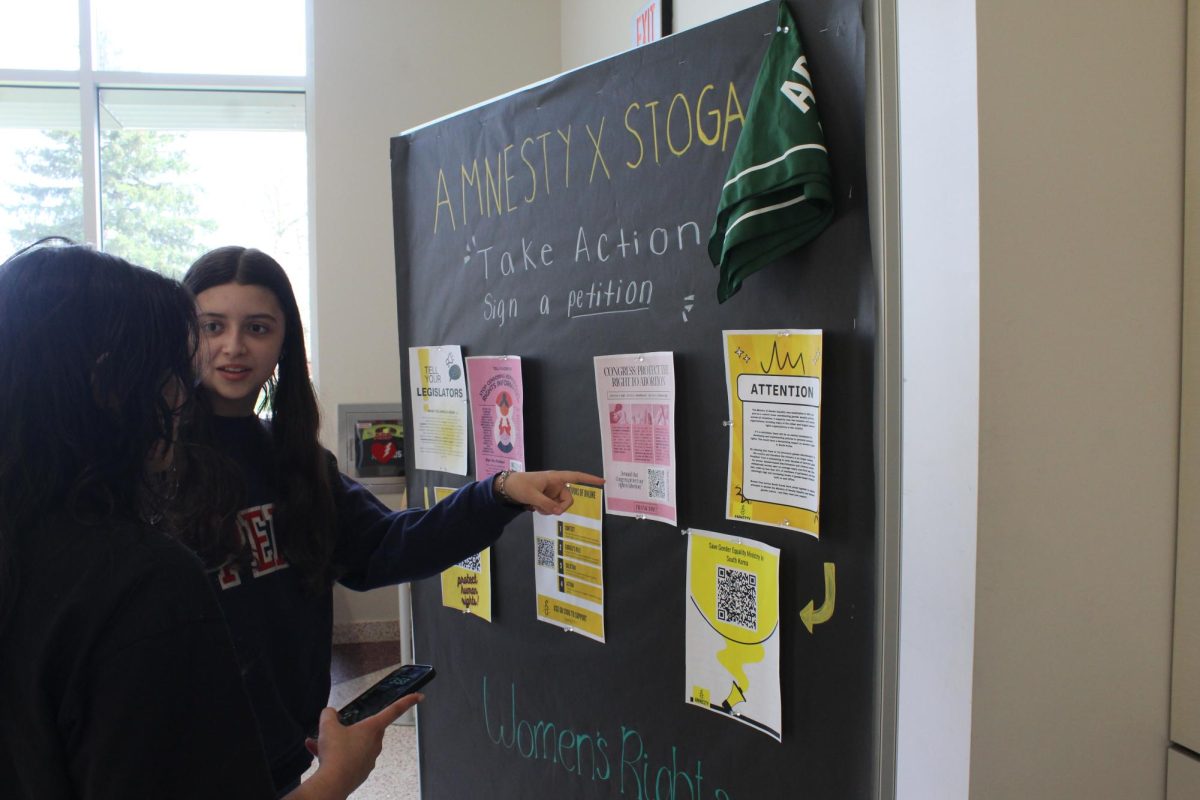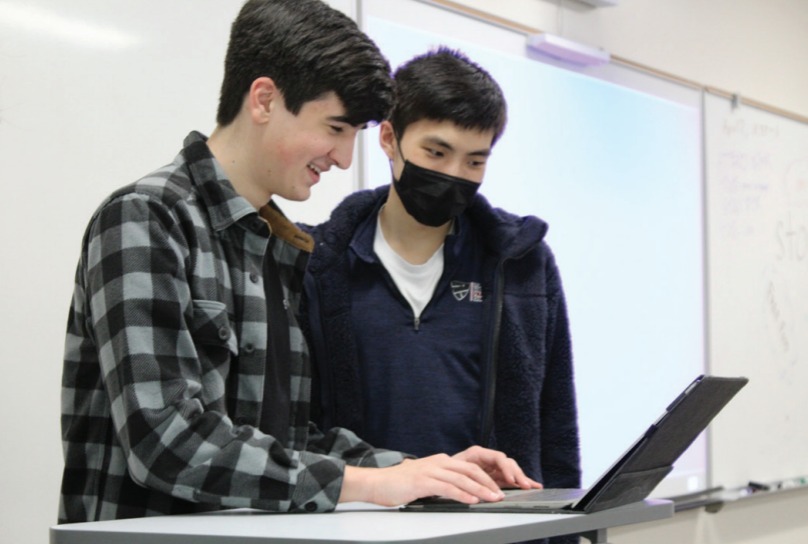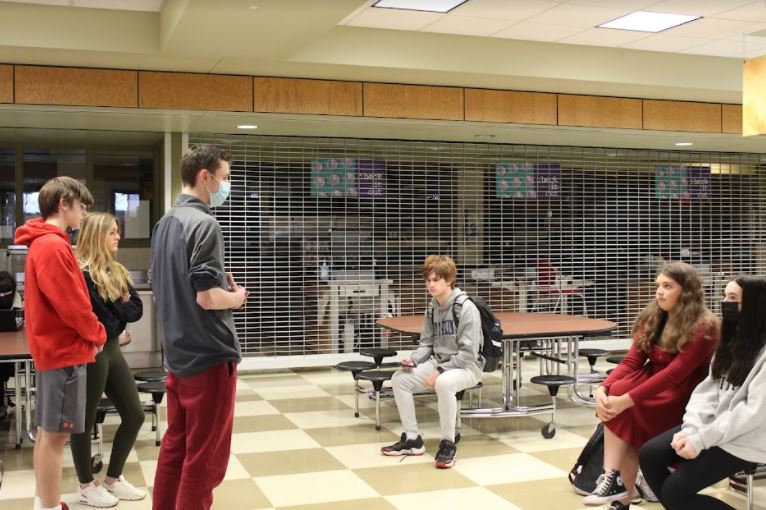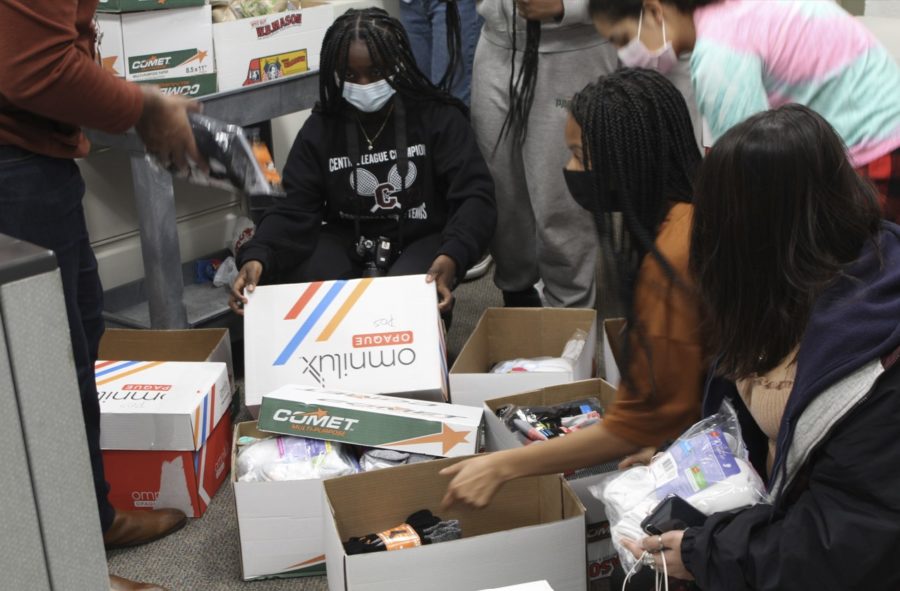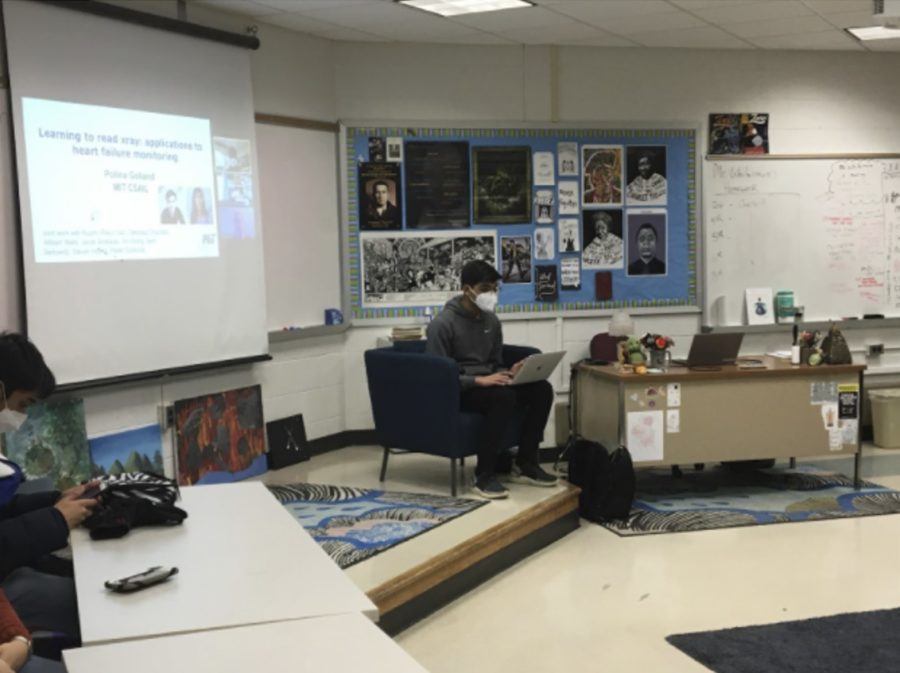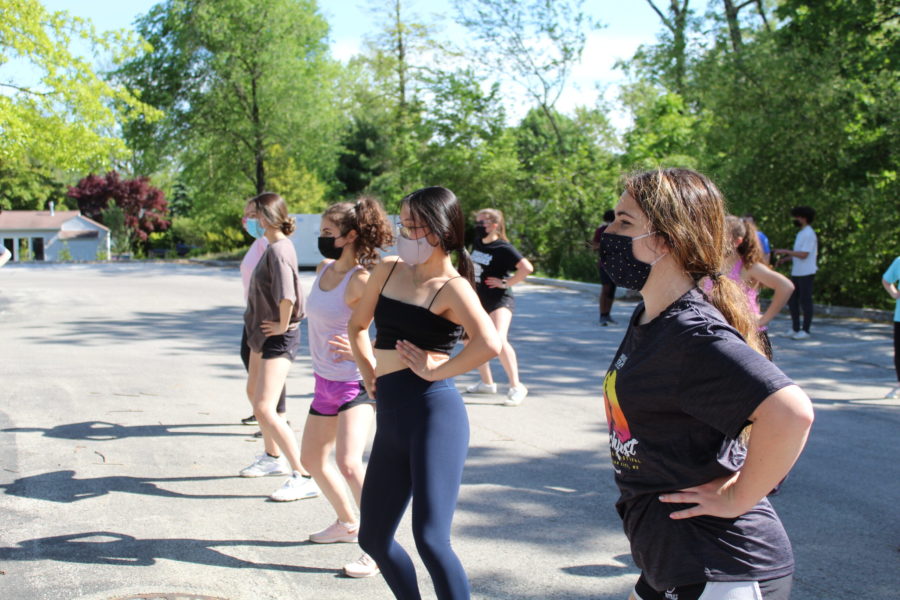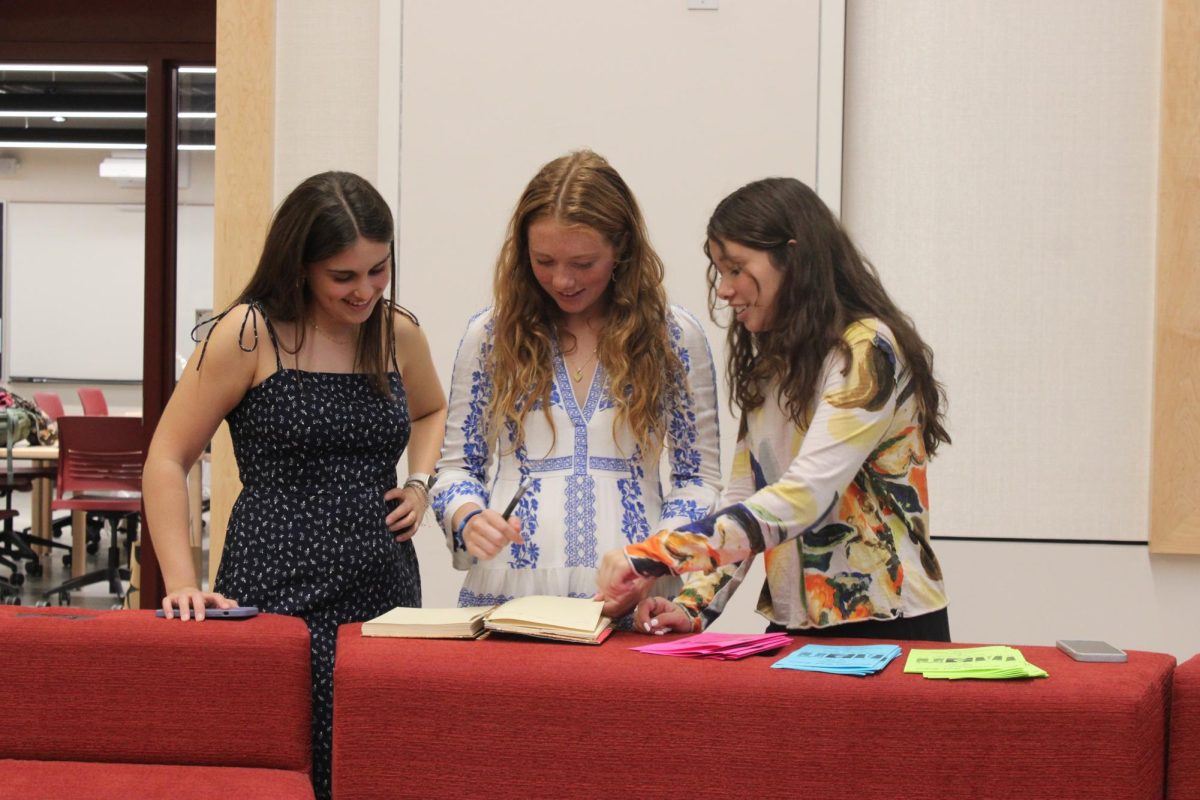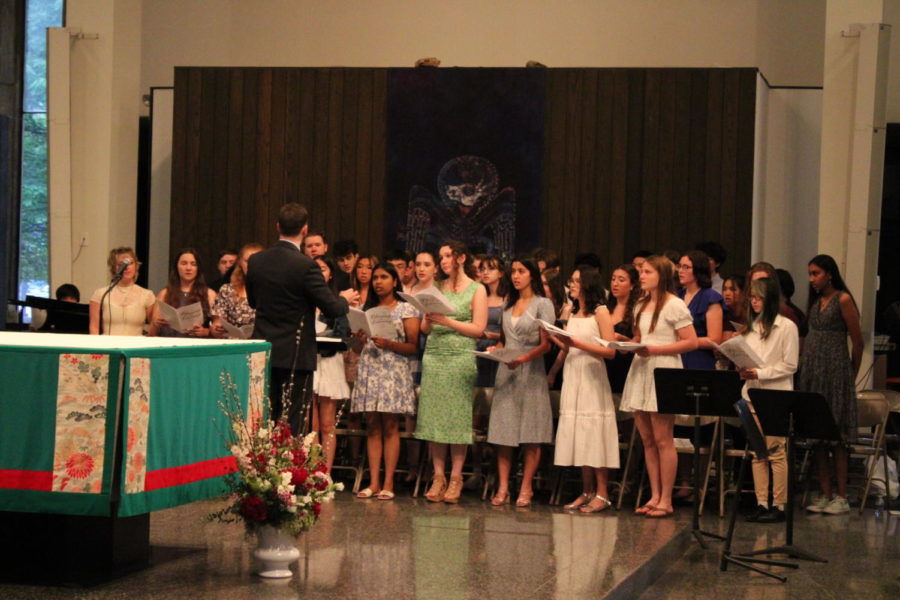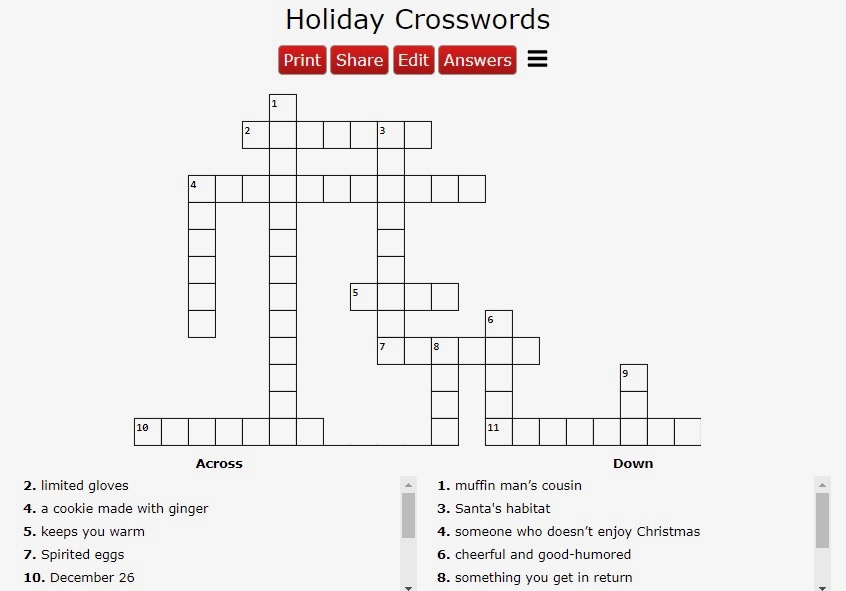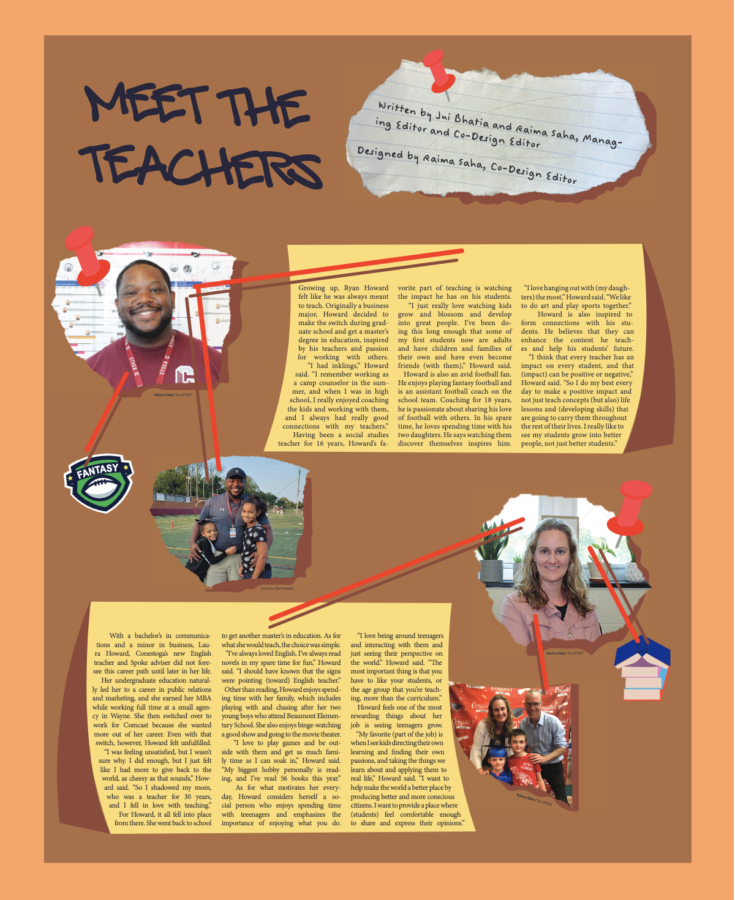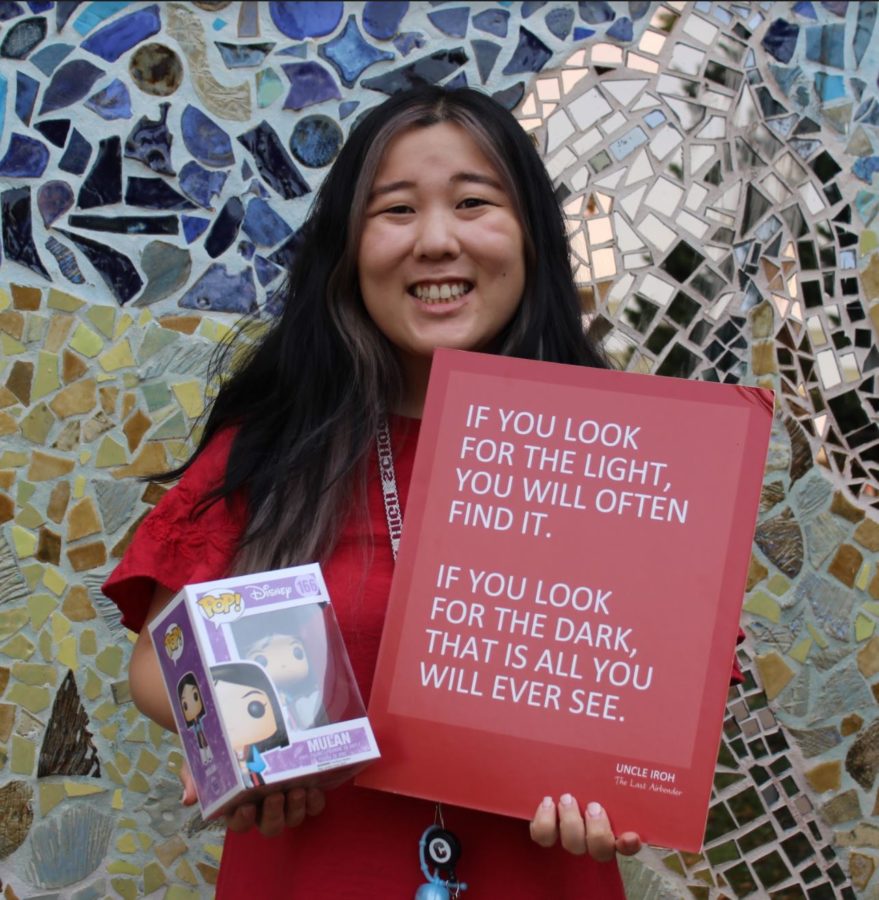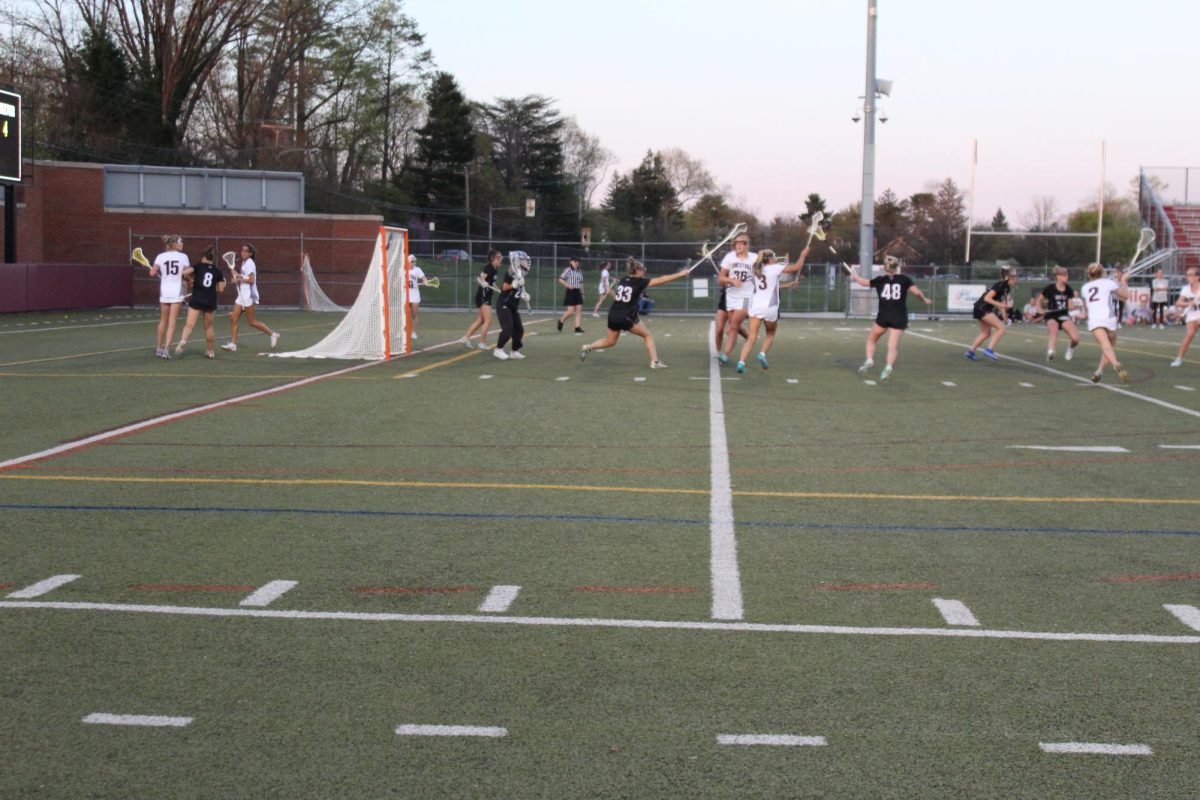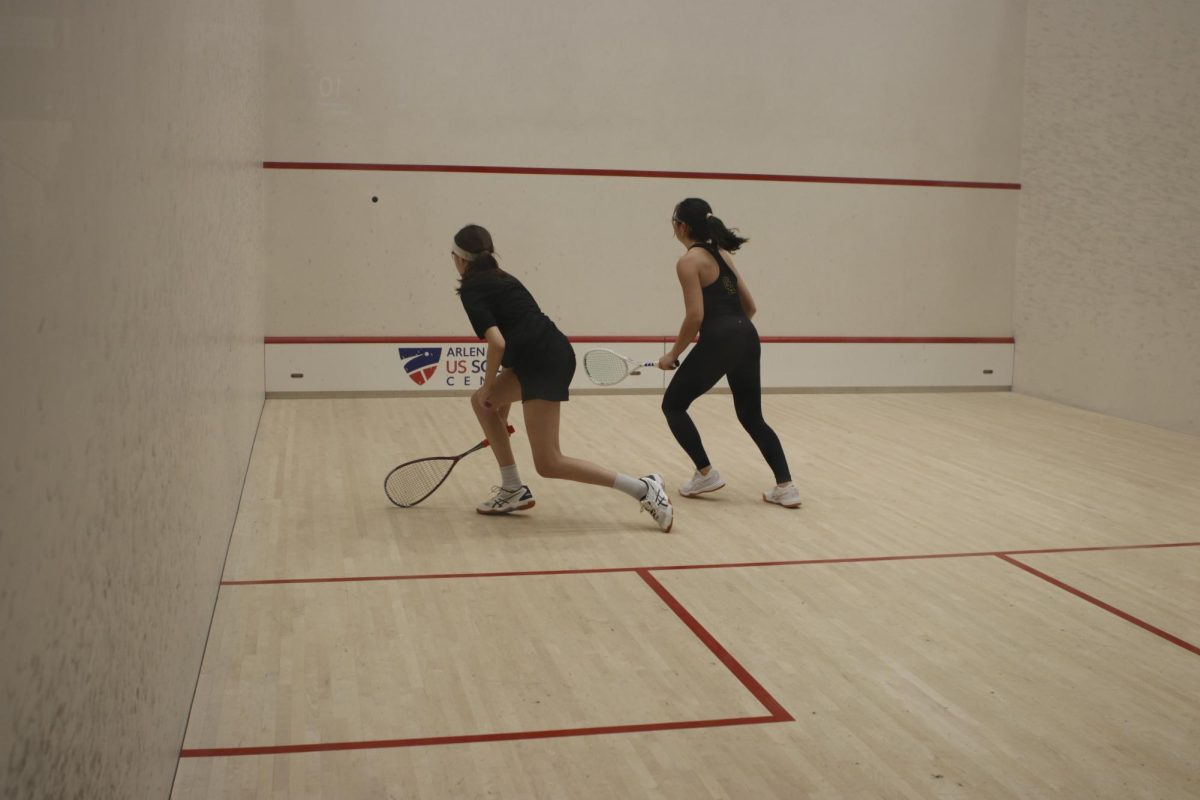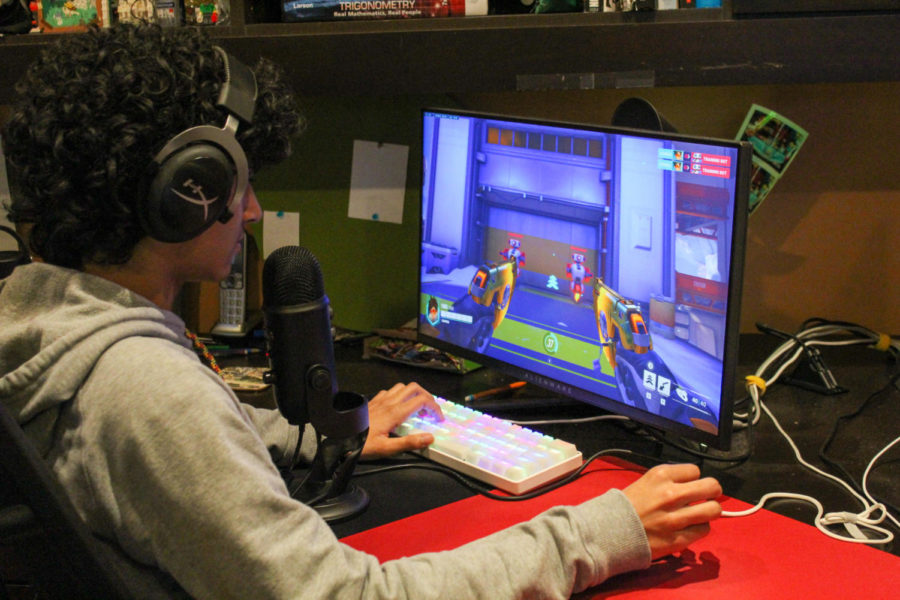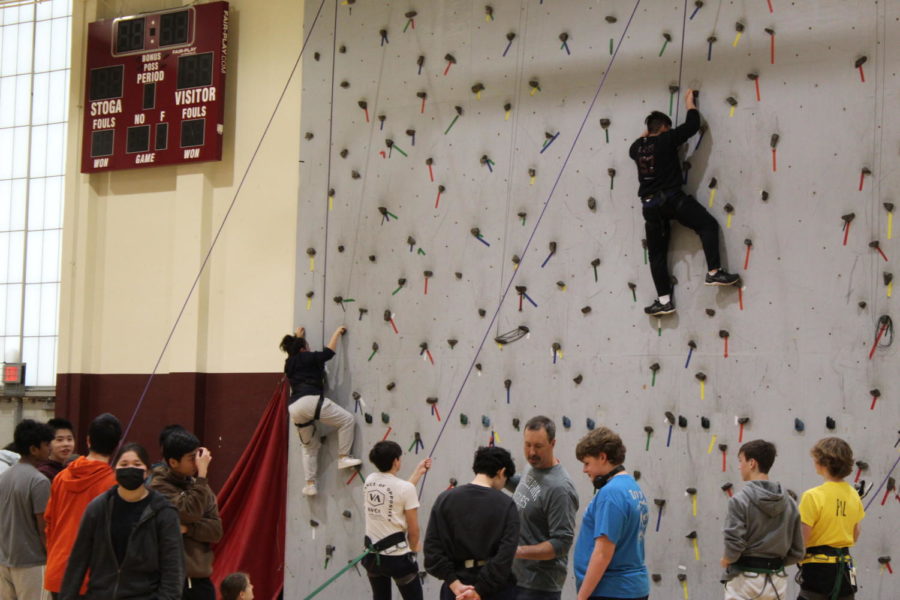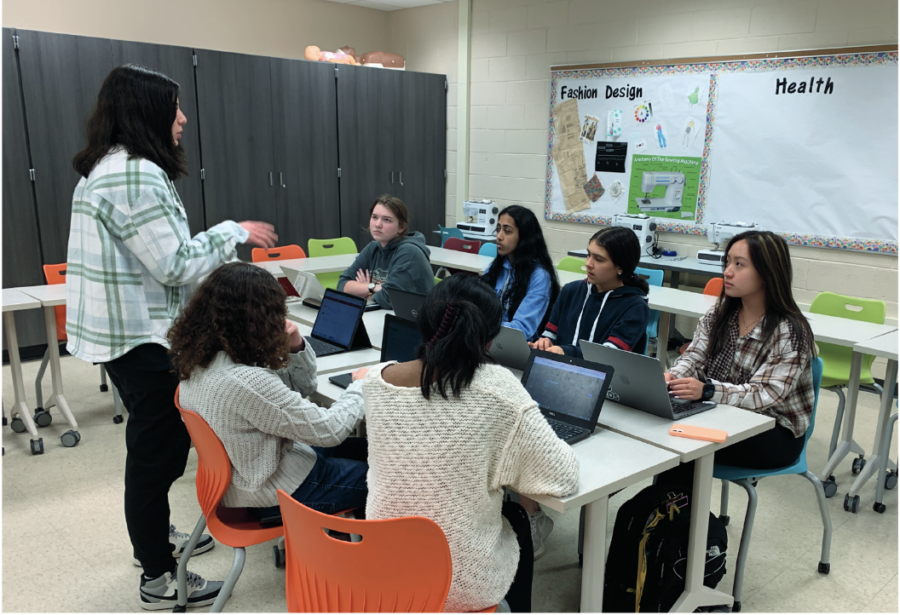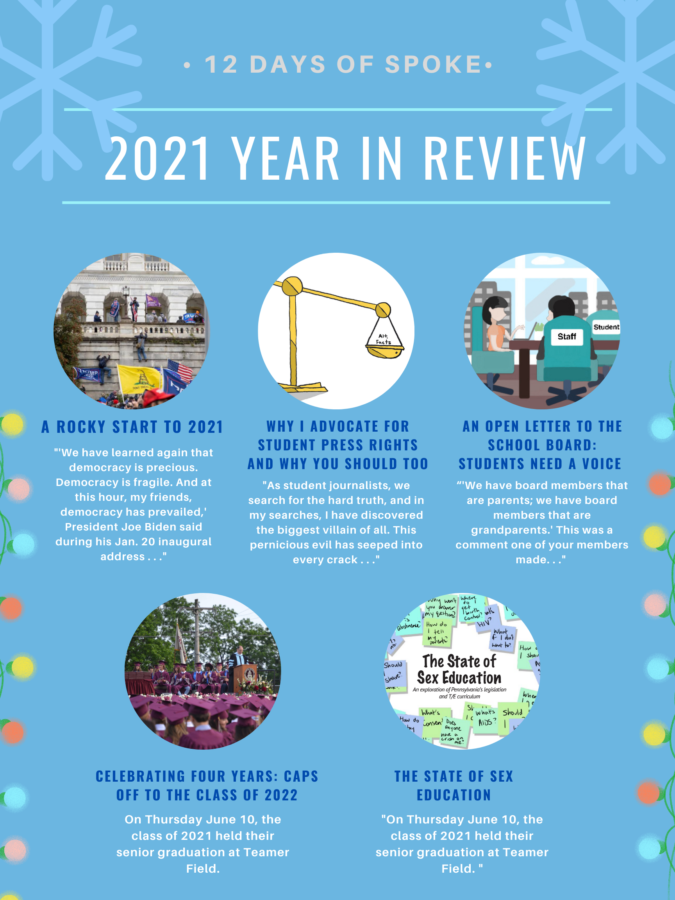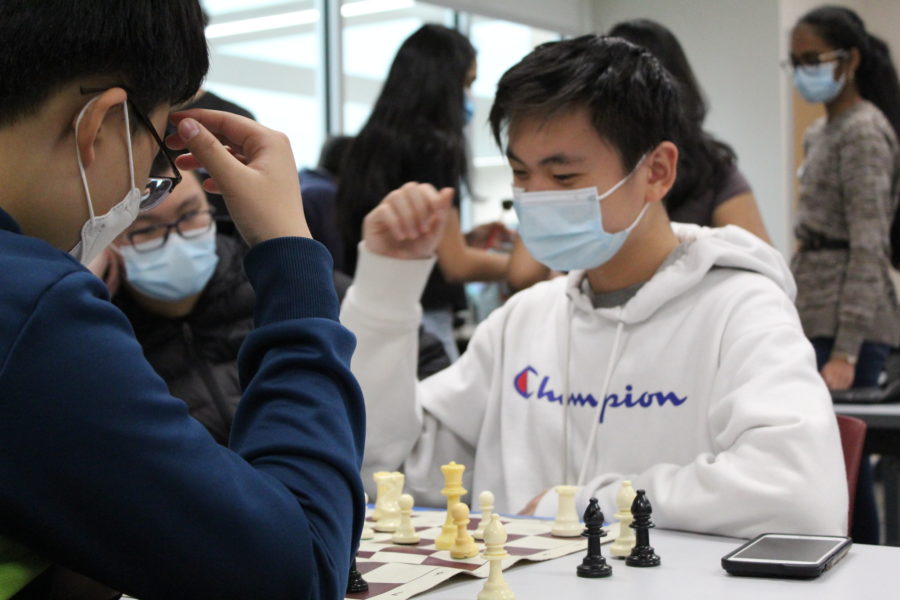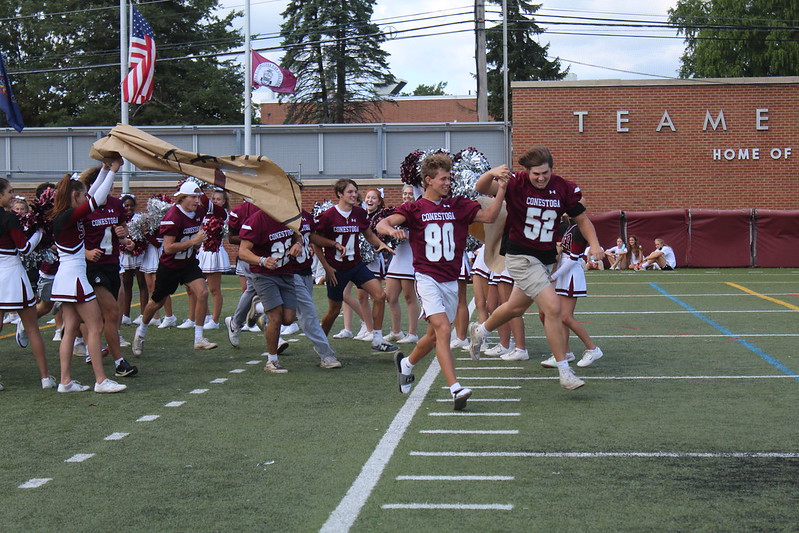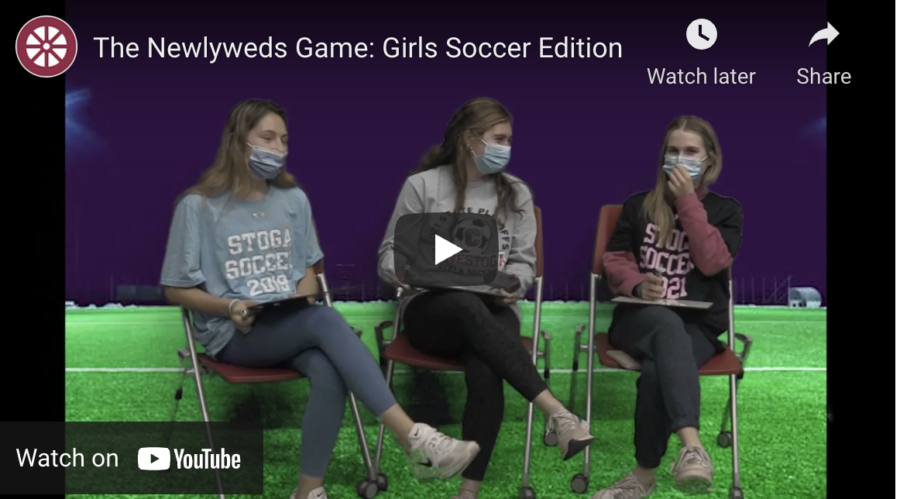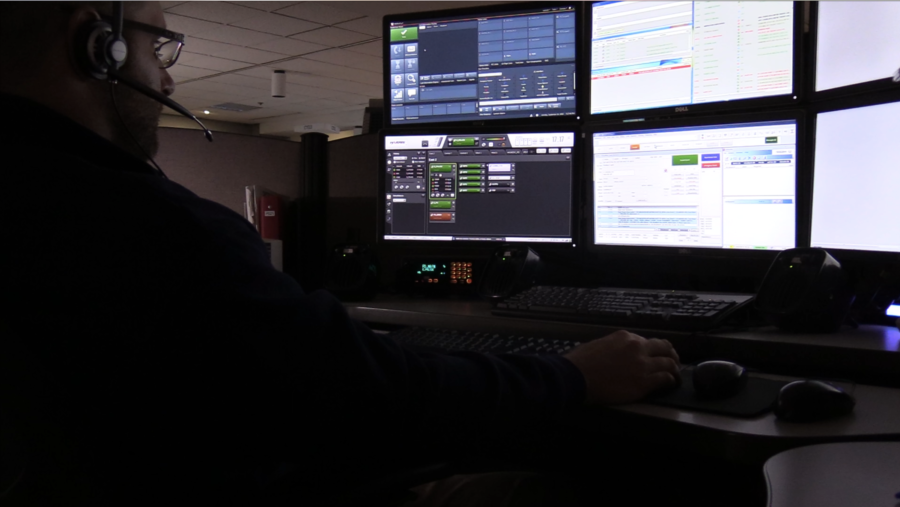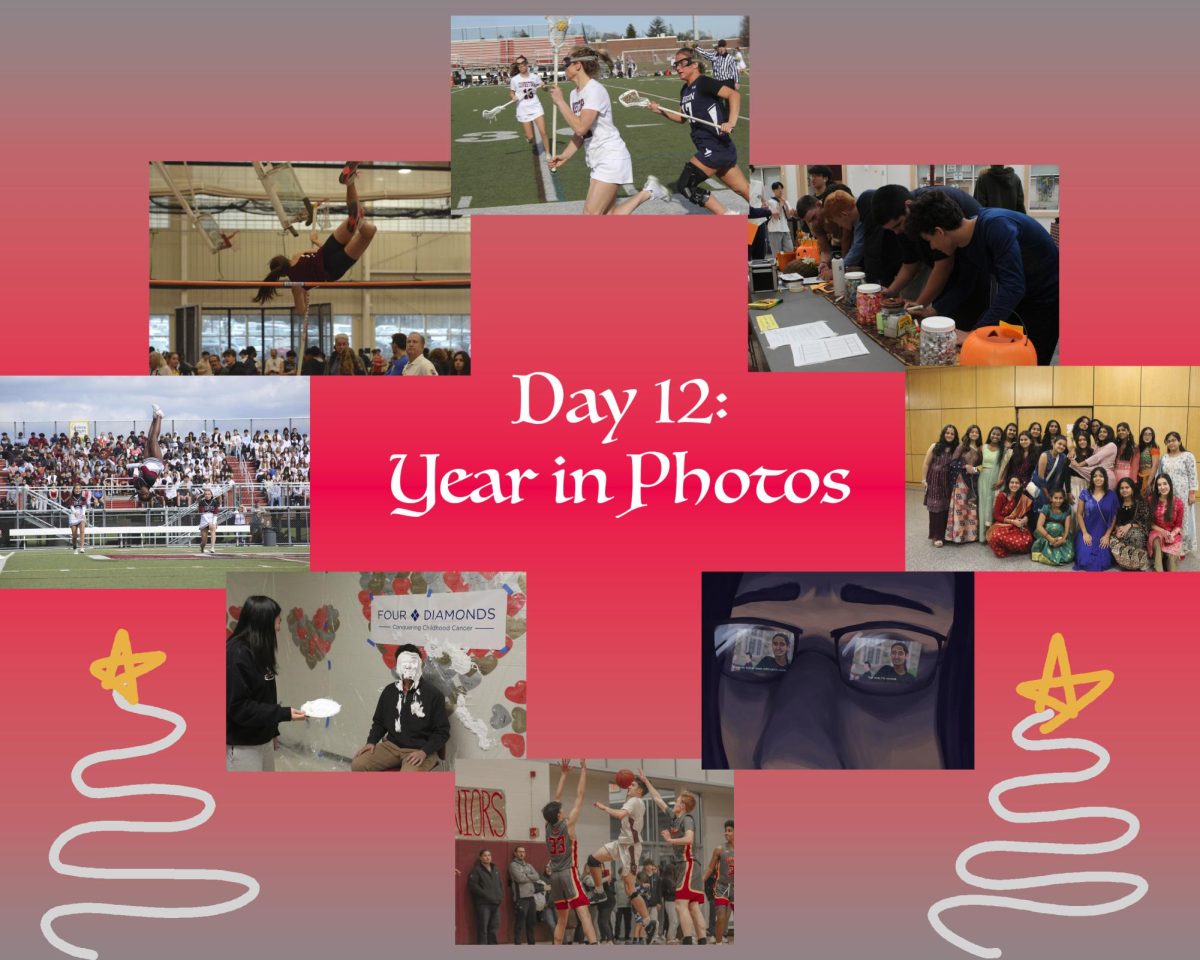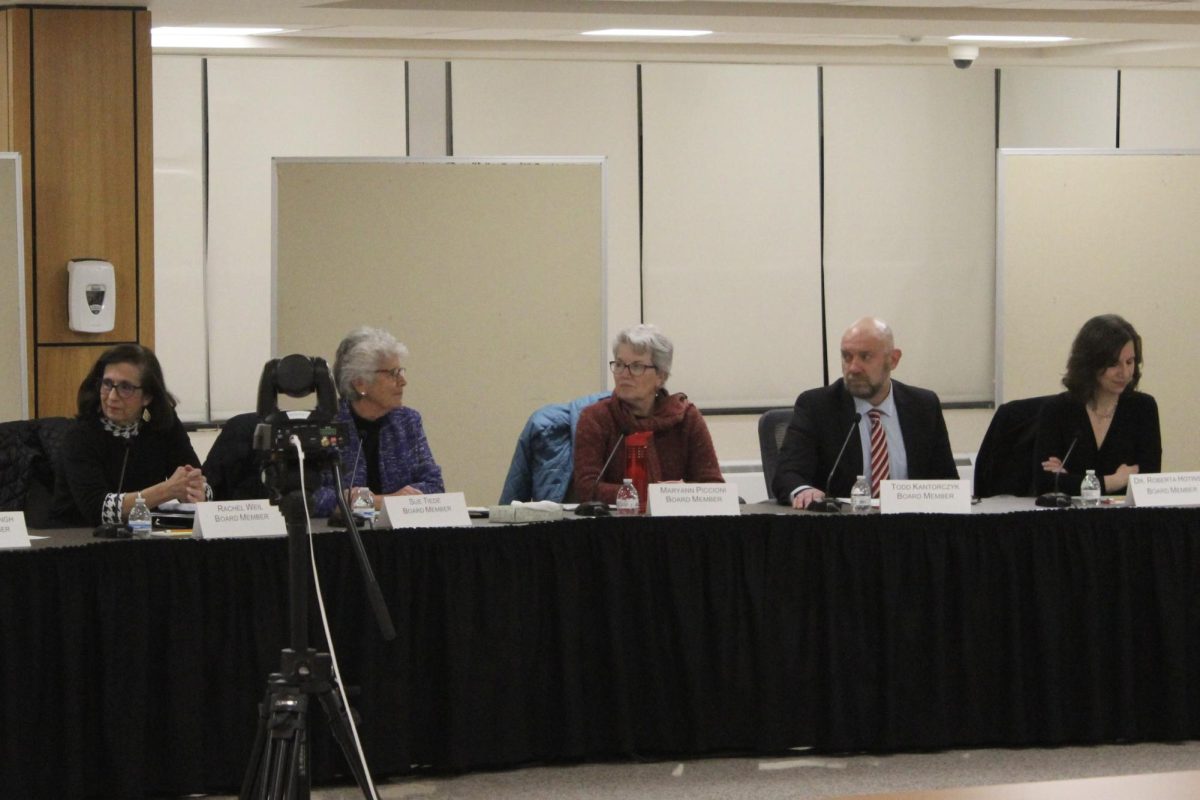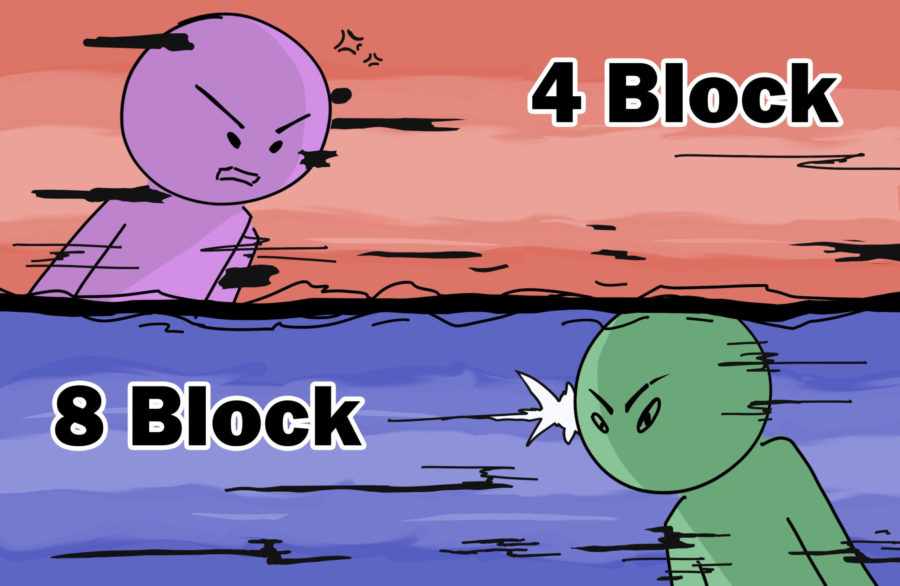By Katherine Lee, Co-Editor-in-Chief
When the school district first announced over the summer that we would be adopting the block scheduling method this school year, my initial reaction was one of concern. Classes for 81 minutes? Garnet and gray days? A 12-day cycle? As someone who is not the most receptive to change, it seemed like yet another pandemic-induced shift that we would ultimately come to hate.
And yet, now that the district is planning to return to the traditional eight-period bell schedule next school year, I’ve realized that I’ve grown comfortable with the current block schedule and would actually prefer to keep it.
The primary benefit of block scheduling is that there are only four classes a day as opposed to eight. Even though each class period is indeed longer, it enables us to focus on four classes rather than trying to cram eight classes worth of information into our brains every day. While it’s true that the total number of school hours is essentially the same, having only four classes rather than all eight makes the day seem more manageable.
Having each class meet every other day also gives us an extra day to do homework. Rather than assignments for every single class being due immediately the day after, there is instead another day to complete the assignment. Both my assignment book and myself have found this to be a blessing. In a normal year, by the second or third week of school, I have to get a bigger notebook because it’s physically impossible to fit all assignments for every class into the school-issued assignment books. However, it is now already May, and I am still using my assignment book with no problems (I simply use two boxes for each class).
With block scheduling, teachers also have more time to explore subjects in greater depth. They have more time to give lectures, incorporate independent working time or divide students into groups. According to the Northeast and Islands Regional Educational Laboratory, a program of The Education Alliance at Brown University, both teachers and students have found that block scheduling allows them to engross themselves in the material rather than moving rapidly through it. Now that I’ve grown used to these longer blocks of time, classes on Wednesday feel too short, even though that’s about how long they were in the traditional 8-period schedule. It makes me wonder how we were able to fit so much content into the 45 minutes in the past.
Even before the pandemic, technology was becoming increasingly incorporated into the classroom and curriculum. Now with a year of virtual learning, technology has been all but fully integrated. Still, despite developments, technology is not perfect: there are glitches, and it doesn’t always work as well as we need it to. Having longer classes alleviates this problem. Longer classes make it so that technological problems don’t take up the majority of the period, and once the glitch has been solved, there is still ample time left to complete the day’s lessons.
One of the main reasons that students dislike block scheduling is because of the extended length of classes. Although it was challenging at first to get used to the 81-minute-long blocks, it has now become normal and no longer feels particularly problematic. Besides, longer classes also mean longer free periods, and I’ve therefore been able to use them far more productively this year. Also, for people who had free periods during the first block this year, they were able to wake up much later, although this benefit may only apply to seniors next school year.
Because of the pandemic, the school has had to implement numerous changes to the way it usually functions: block scheduling, virtual club meetings, asynchronous Wednesdays, etc. As the school district continues to solidify its plans for the following school year, I hope that we can be open to maintaining some of the changes that have been effective for students and teachers alike this year.
Katherine Lee can be reached at [email protected].





